The exhibition presents media art in Hungary from its beginnings to our present days, introducing the lifework of artists who were responding to constantly changing technologies in creating their works. Focus will be on artworks from Ludwig Museum's collection, which provide a comprehensive overview of main tendencies in media art, meanwhile illustrate special Eastern European features of this genre.
Hungarian media works gives us the opportunity to call attention to the vulnerability of technological artworks, such as film, video, and digital content. Digital media, audiovisual image and sound stream play an important role in our daily lives; they keep the world in motion. Yet, due to the rapid development and ensuing aging process of technology, the deterioration of media art is much faster than that of traditional artworks (paintings and sculpture). However, their conservation is equally important, since these media also form a crucial segment of our cultural heritage.
Traditional restoration techniques focus on conserving the physical condition of the medium (e.g. the canvas). In comparison, the conservation of media art (video, film, digital art, Internet art) is a much more complex task, because the technological environment is in constant change. This also means that replacing a screen, projector, or speaker that forms integral part of the artwork might end up changing the original work or rendering it obsolete.
Ephemeral media works also pose a problem for Hungarian public collections. In our understanding, the term media art encompasses more than just software-based works; earlier terminology considered everything from analogue photography through film to video as technical media. From the 1960’s onwards, in the spirit of a broader understanding of art, new art forms like happening, action, and performance have appeared in Hungary as well as on the international art scene. Presence was essential for these works: they were often performed only once and witnessed exclusively by those being present. We are thus left with related documentations only. These relics (photographs, videos) have since transformed into artworks in their own right, which can be displayed as evidence of the original happening.
In the framework of this exhibition, we also strived to provide the viewer with abundant information about the circumstances of the exhibited works’ creation.
MAPS symposium, a related event, gives opportunity for professionals to continue the dialogue on the conservation of contemporary art, which Ludwig Museum launched in 2015 with the involvement of restorers, art historians, and other experts from Hungary and abroad. Conference programme includes lectures on the conservation of media art by professors and restorers from institutions such as the MoMA (New York), the TATE (London), the Reina Sofia (Madrid), the LIMA (Amsterdam), and the Humboldt University (Berlin).
Curators:
KÓNYA Béla Tamás, PETERNÁK Miklós
Exhibiting artists:
BEÖTHY Balázs | BÓDY Gábor | CSÁKI László – PÁLFI Szabolcs | CSONTÓ Lajos | CSÖRGŐ Attila | ENYINGI Tamás | ESTERHÁZY Marcell | Andreas FOGARASI | FORGÁCS Péter | HAJAS Tibor | HALÁSZ Károly | KELE Judit | KESERUE Zsolt | KIS VARSÓ | KOMORÓCZKY Tamás | LENGYEL András | Olia LIALINA | MAURER Dóra | NÉMETH Hajnal | NÉMETH Ilona | RÓNAI Péter | SOCIÉTÉ RÉALISTE | ST.AUBY Tamás | Alexei SHULGIN | SUGÁR János | SZEGEDY-MASZÁK Zoltán – LANGH Róbert – FERNEZELYI Márton – Richard ACZEL | SZIRTES János | TÓT Endre | VÁRNAI Gyula | WALICZKY Tamás
Cooperative partner: C3 – Center for Culture & Communication Foundation
Sponsors:

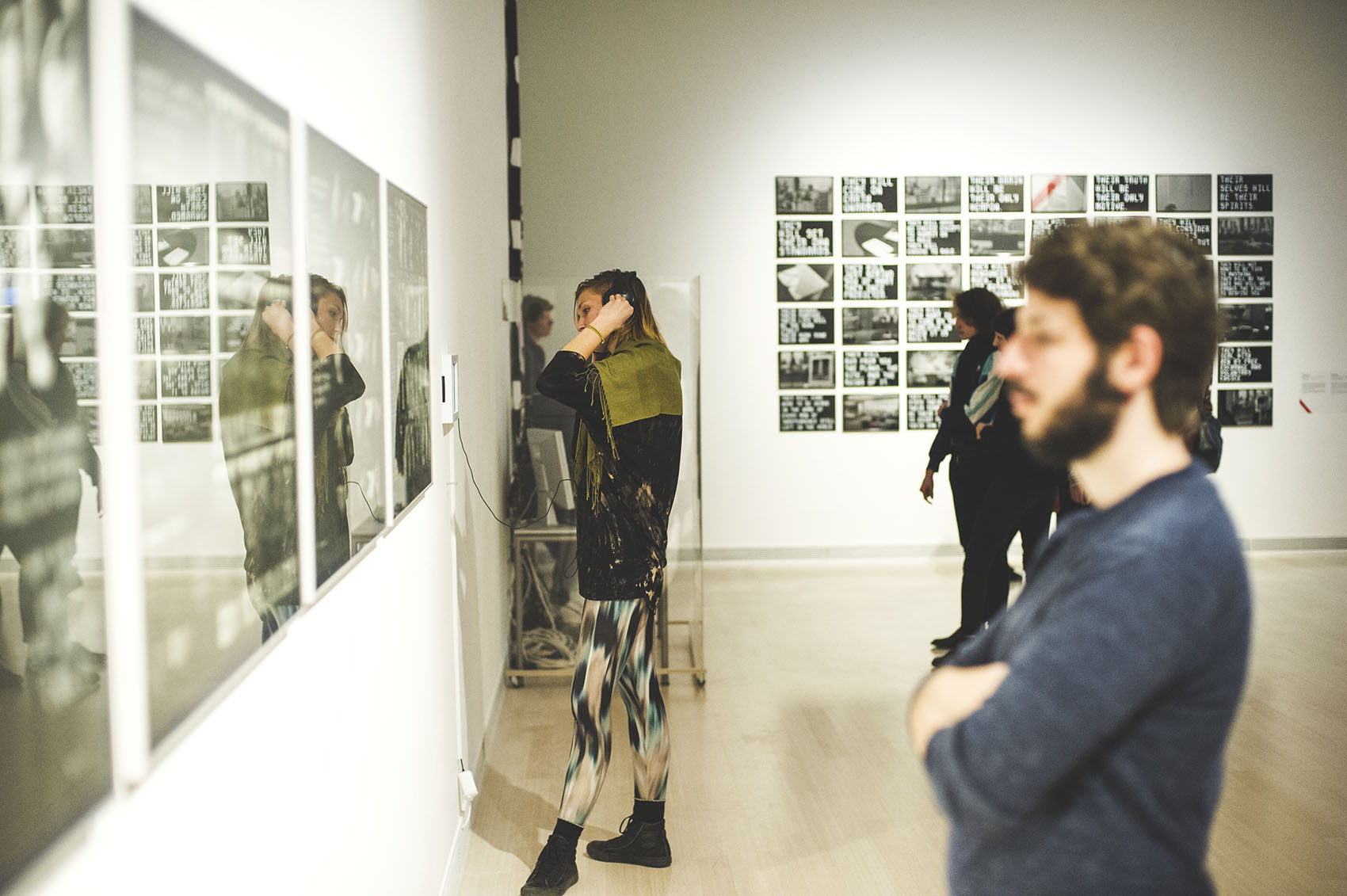
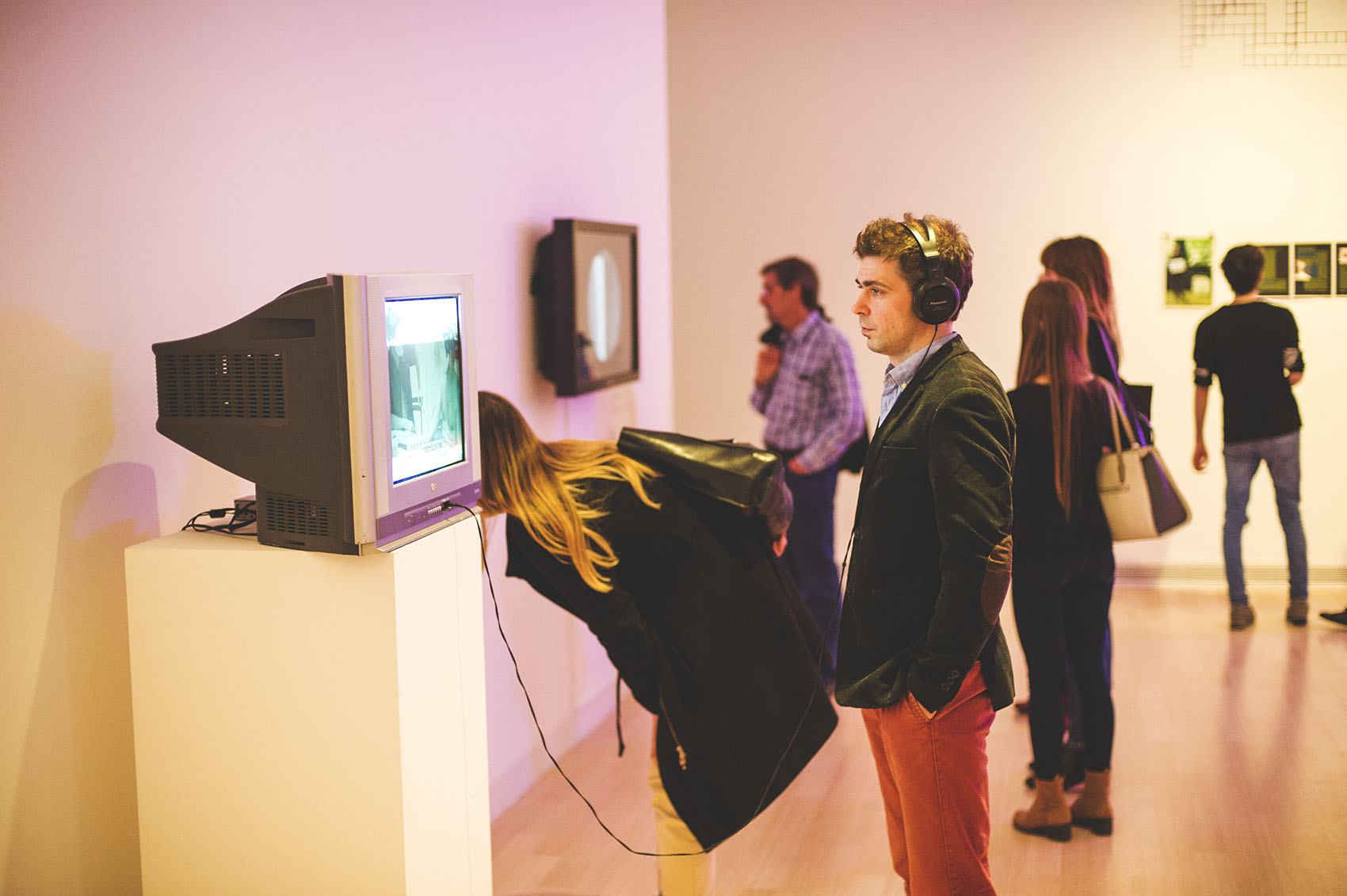
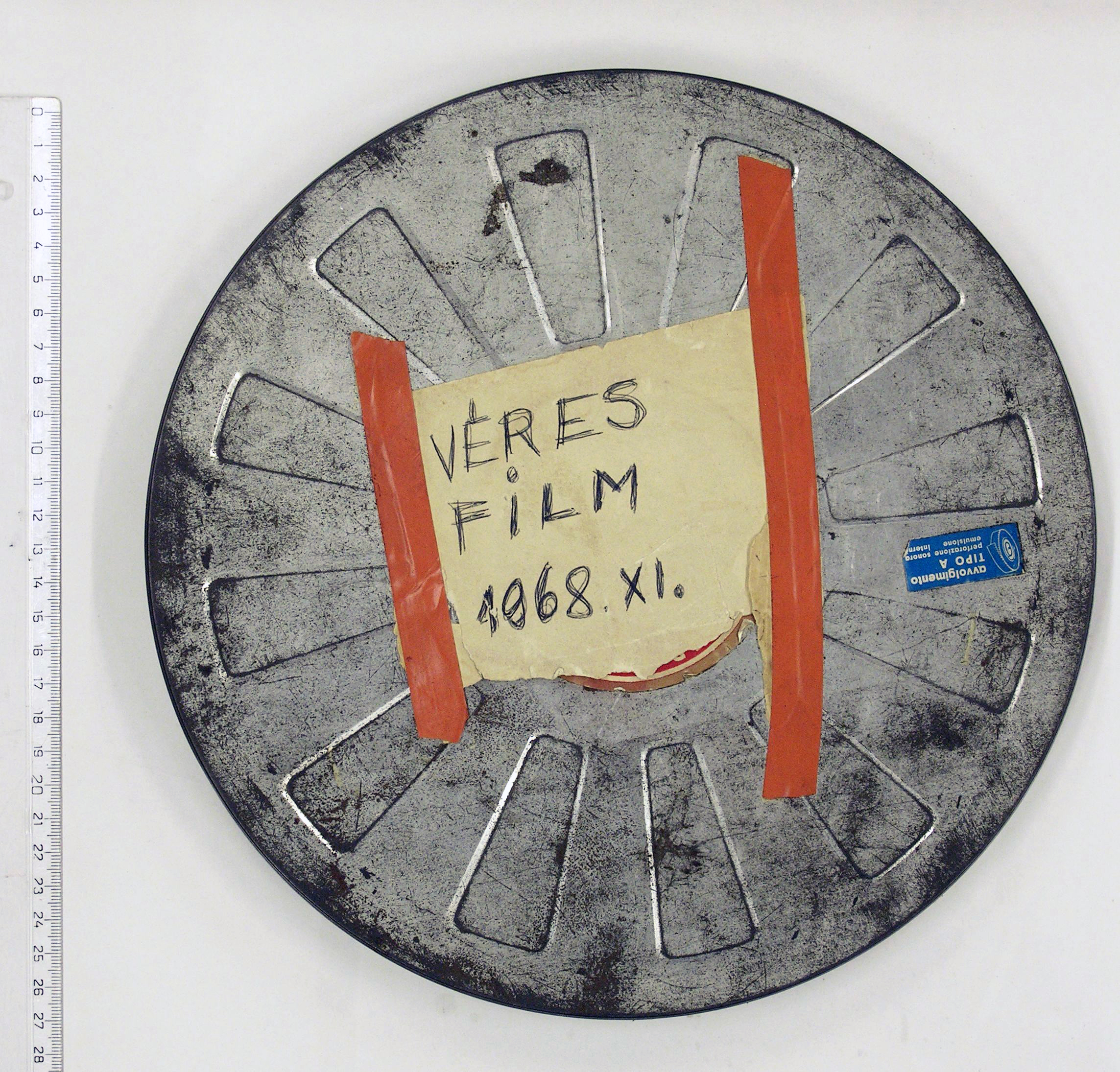
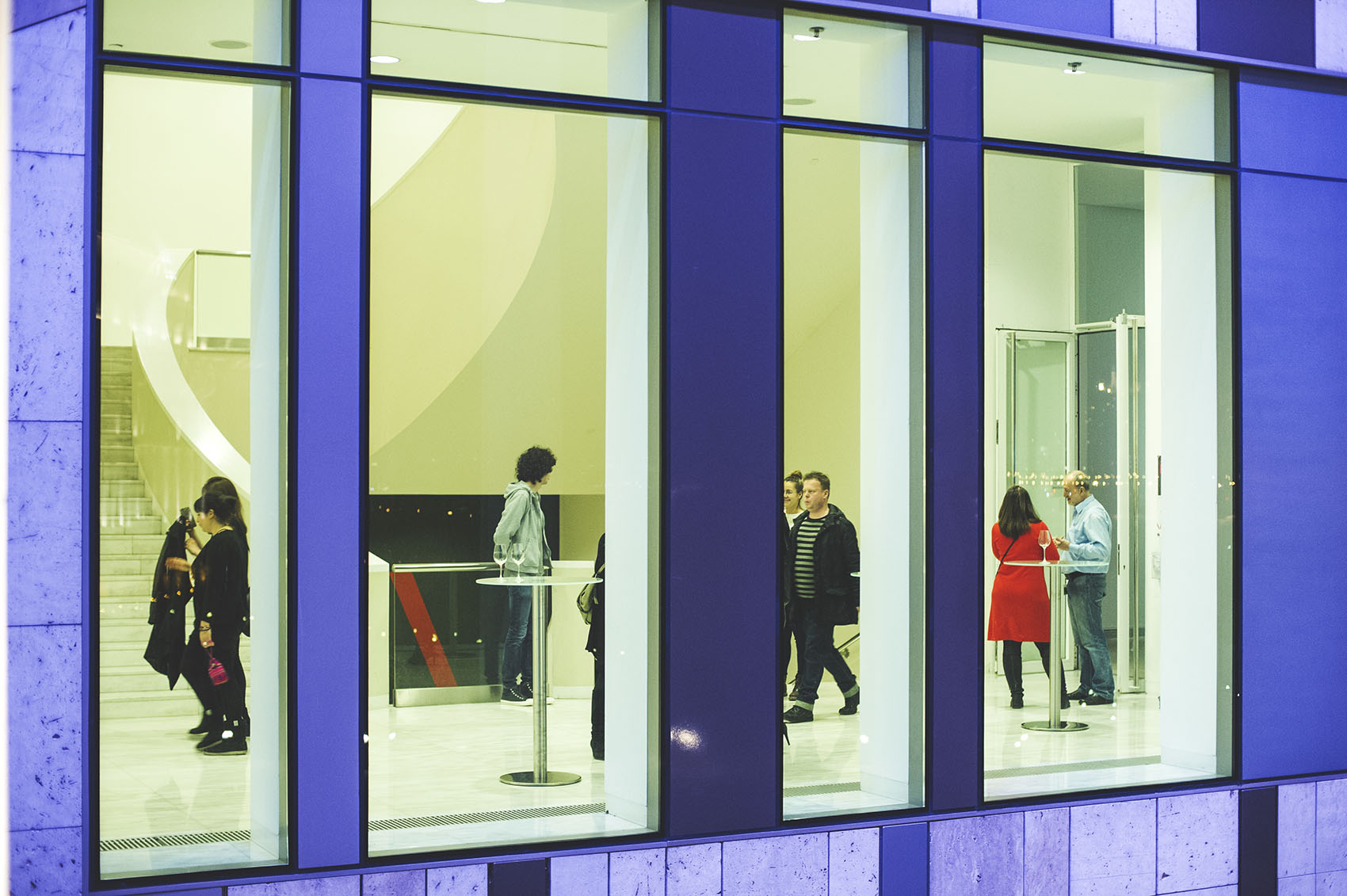
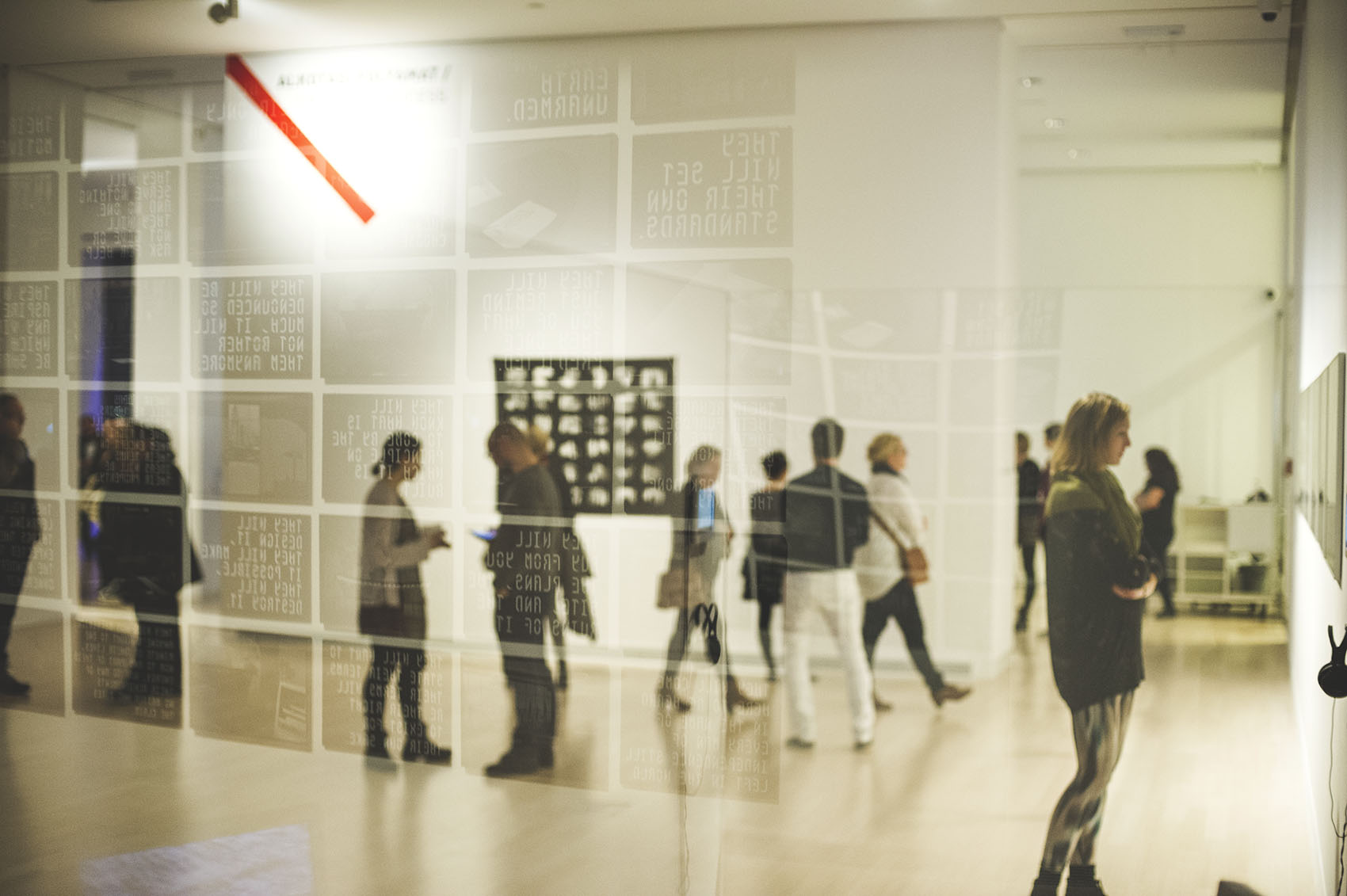
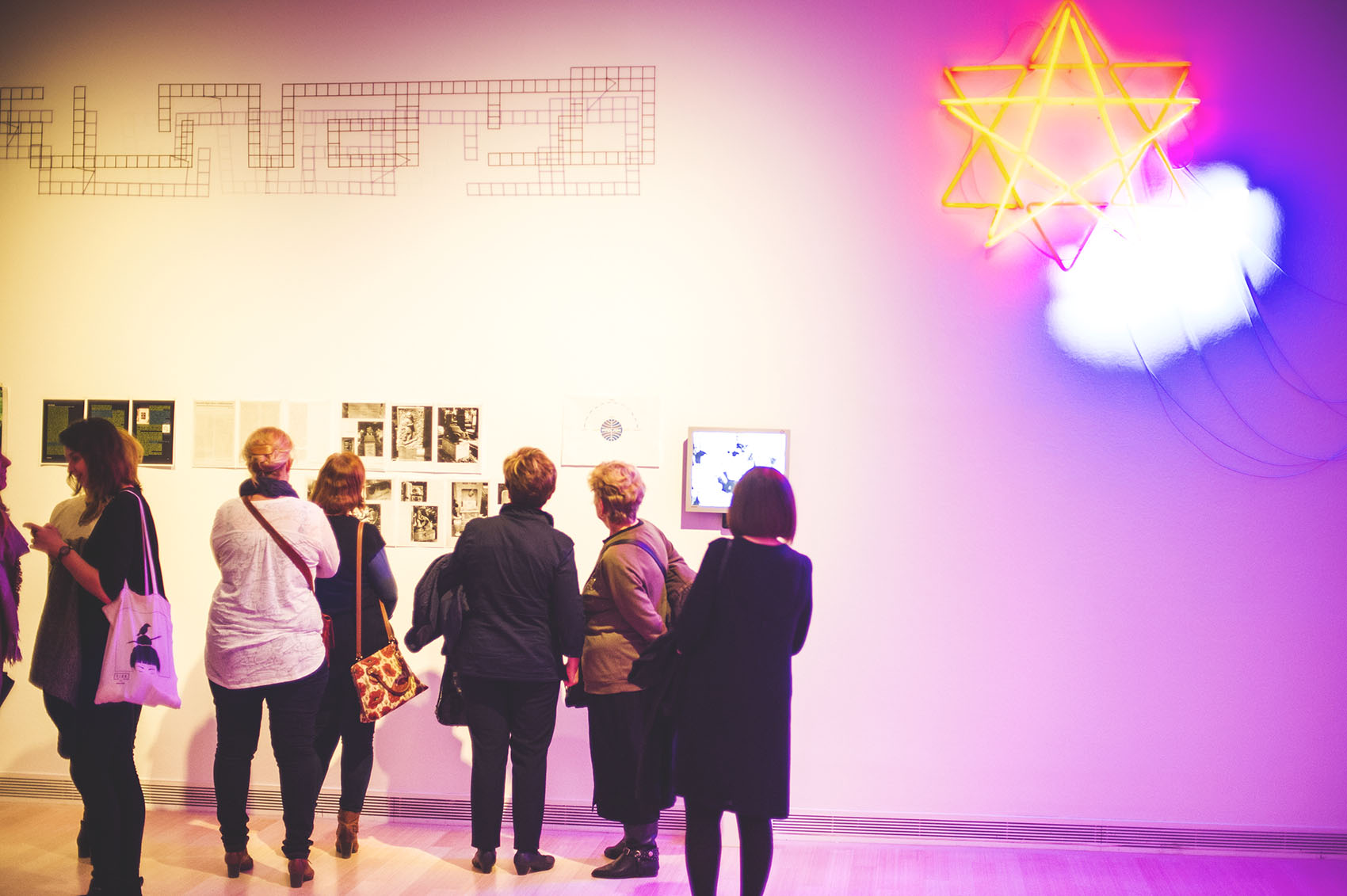


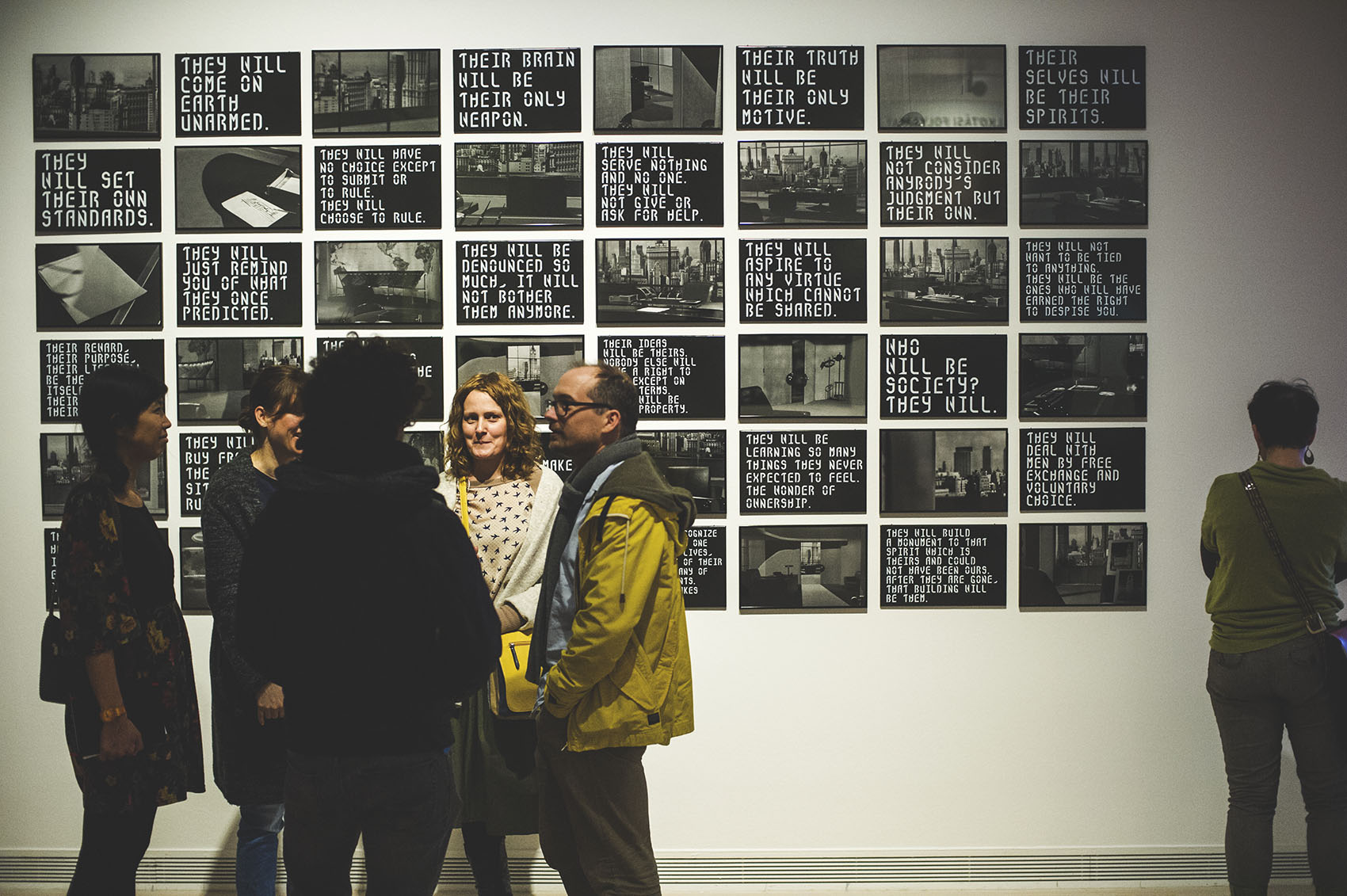
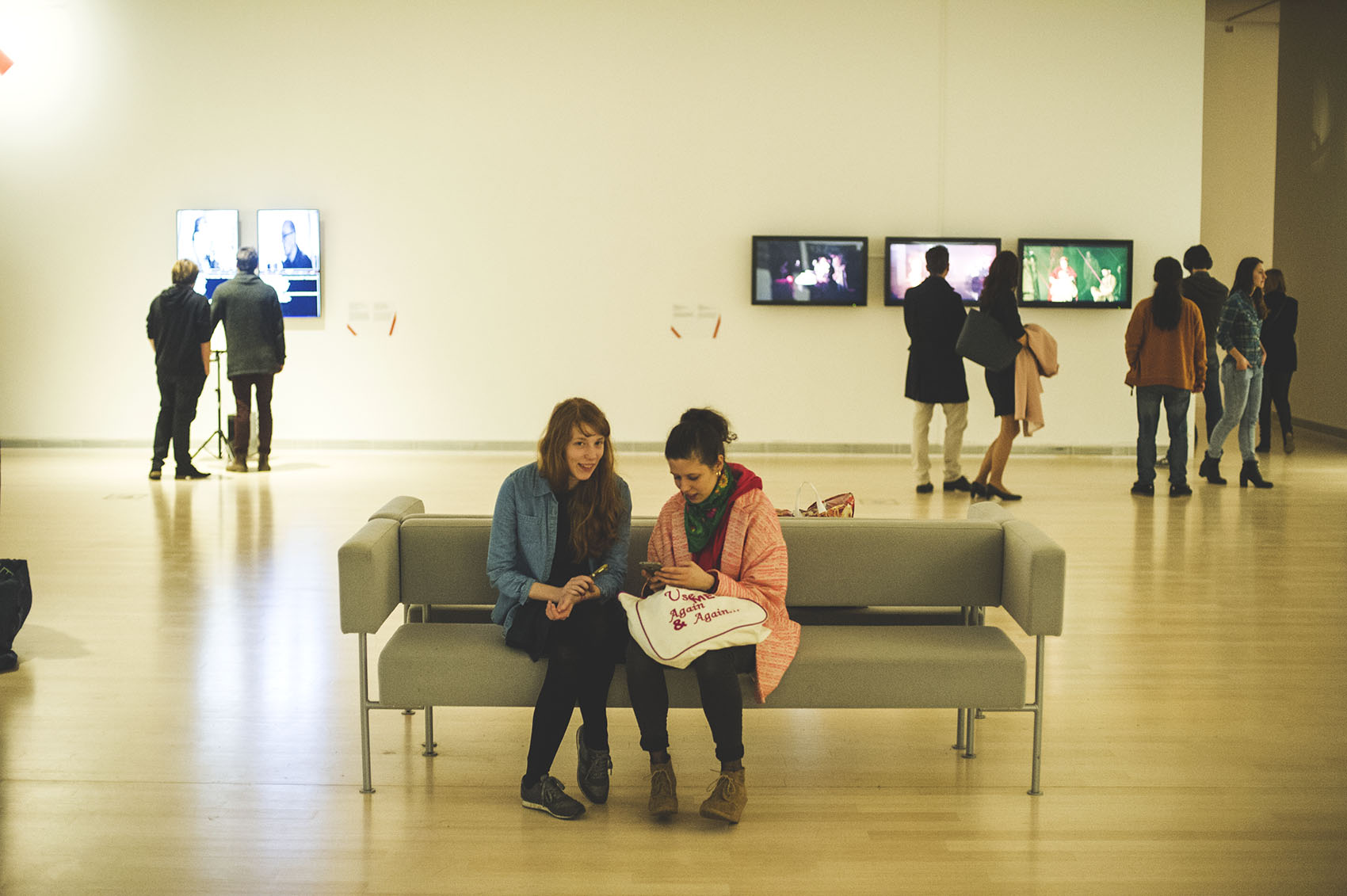
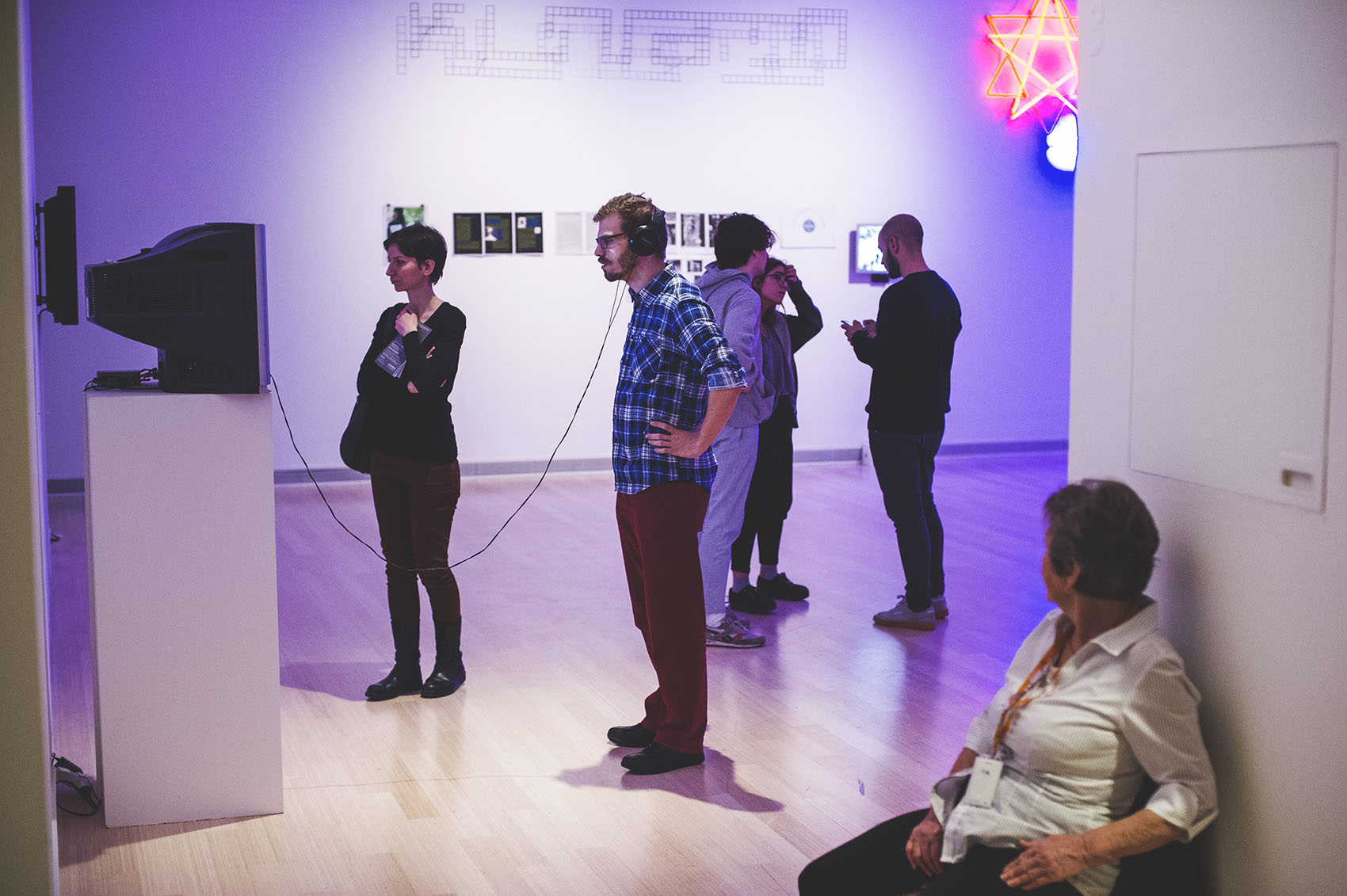
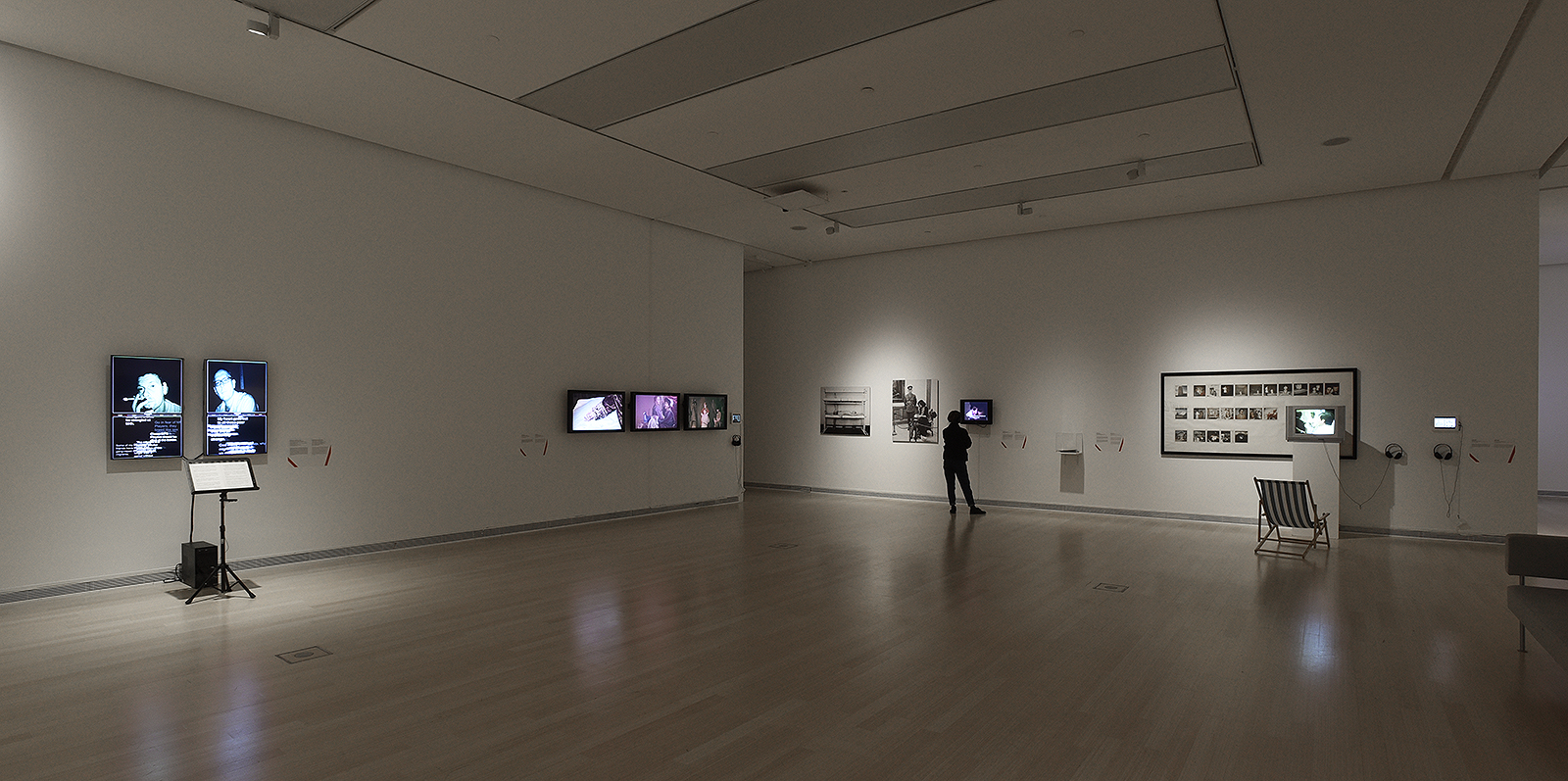
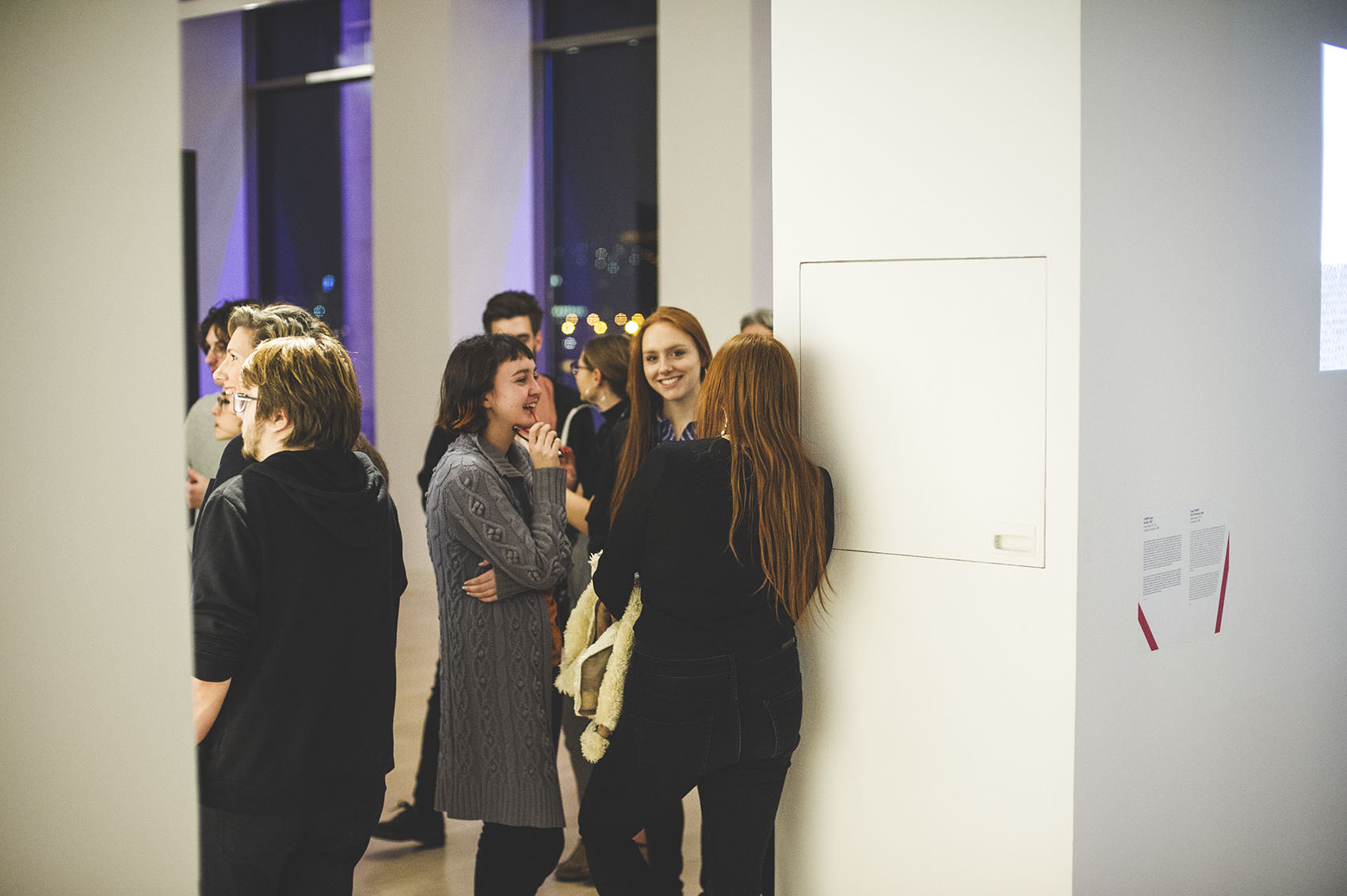


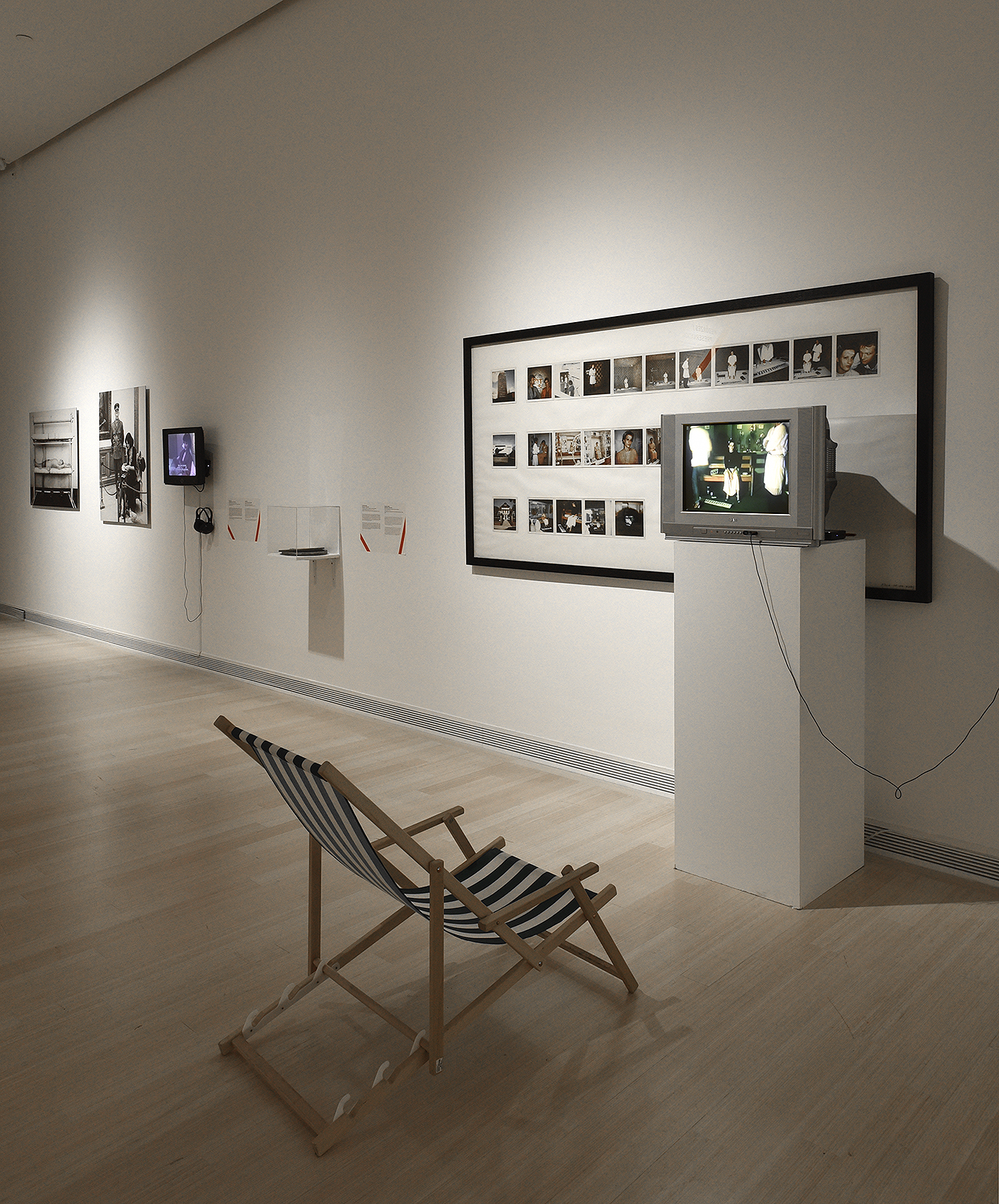
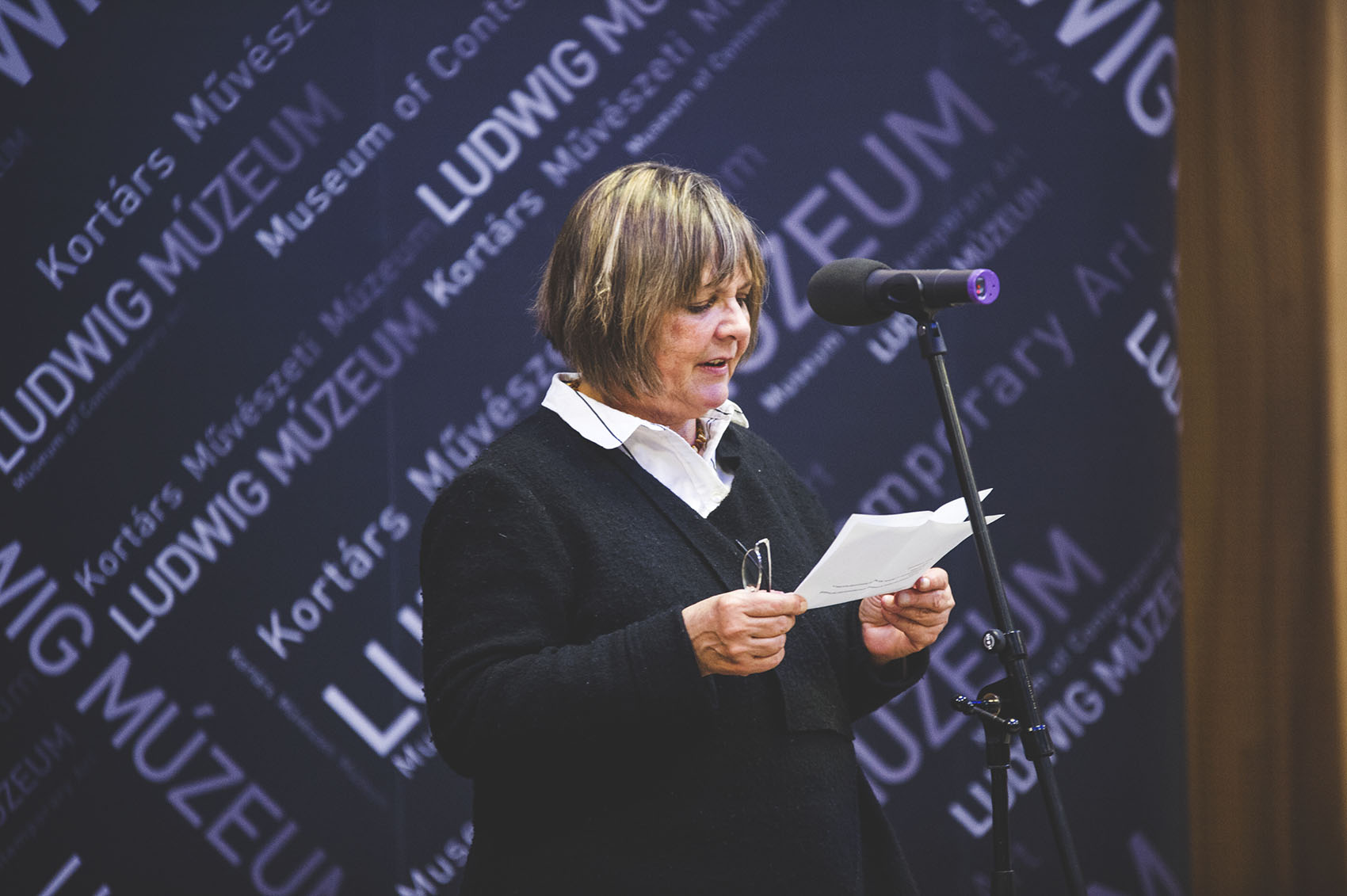

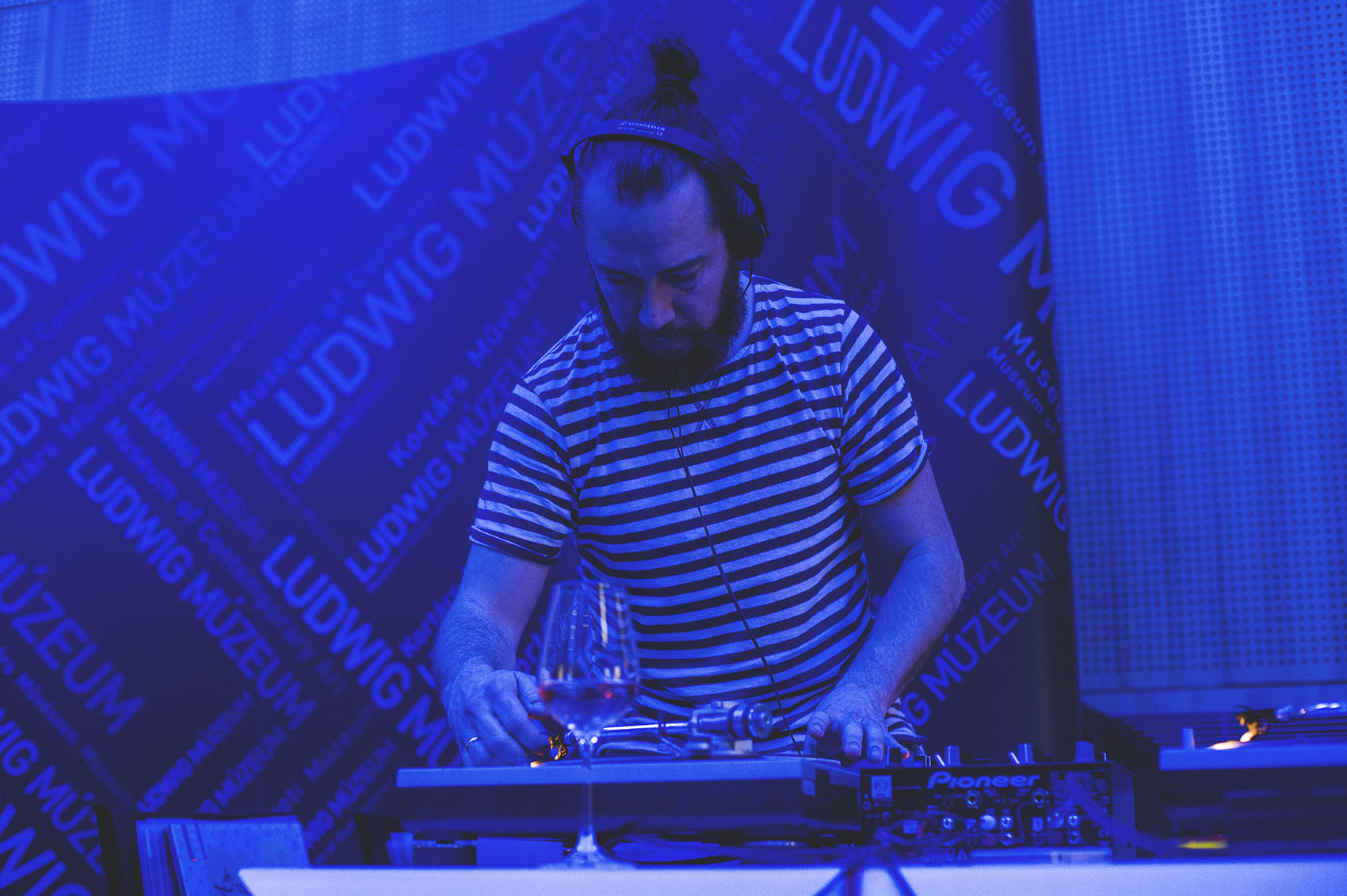
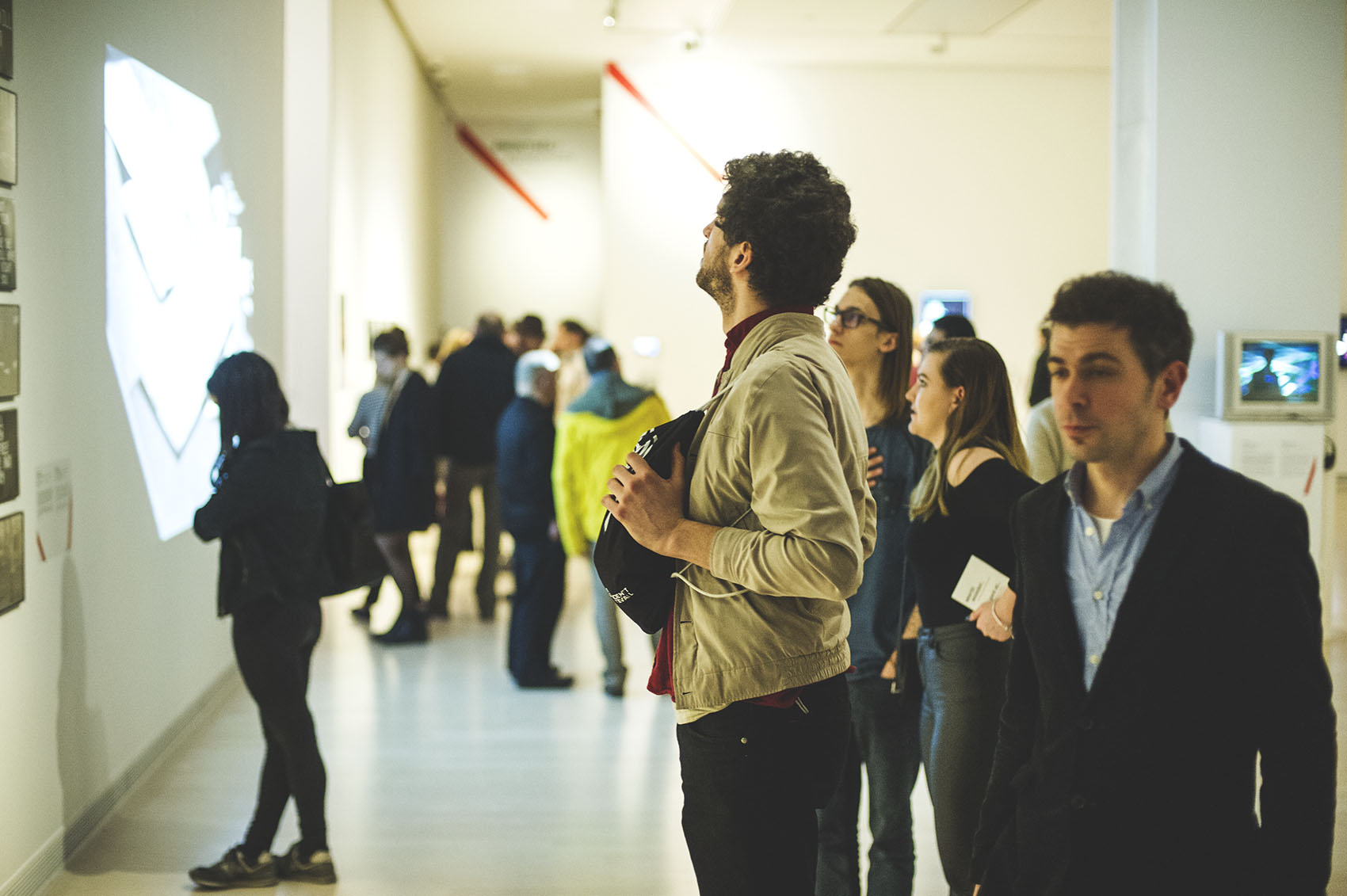
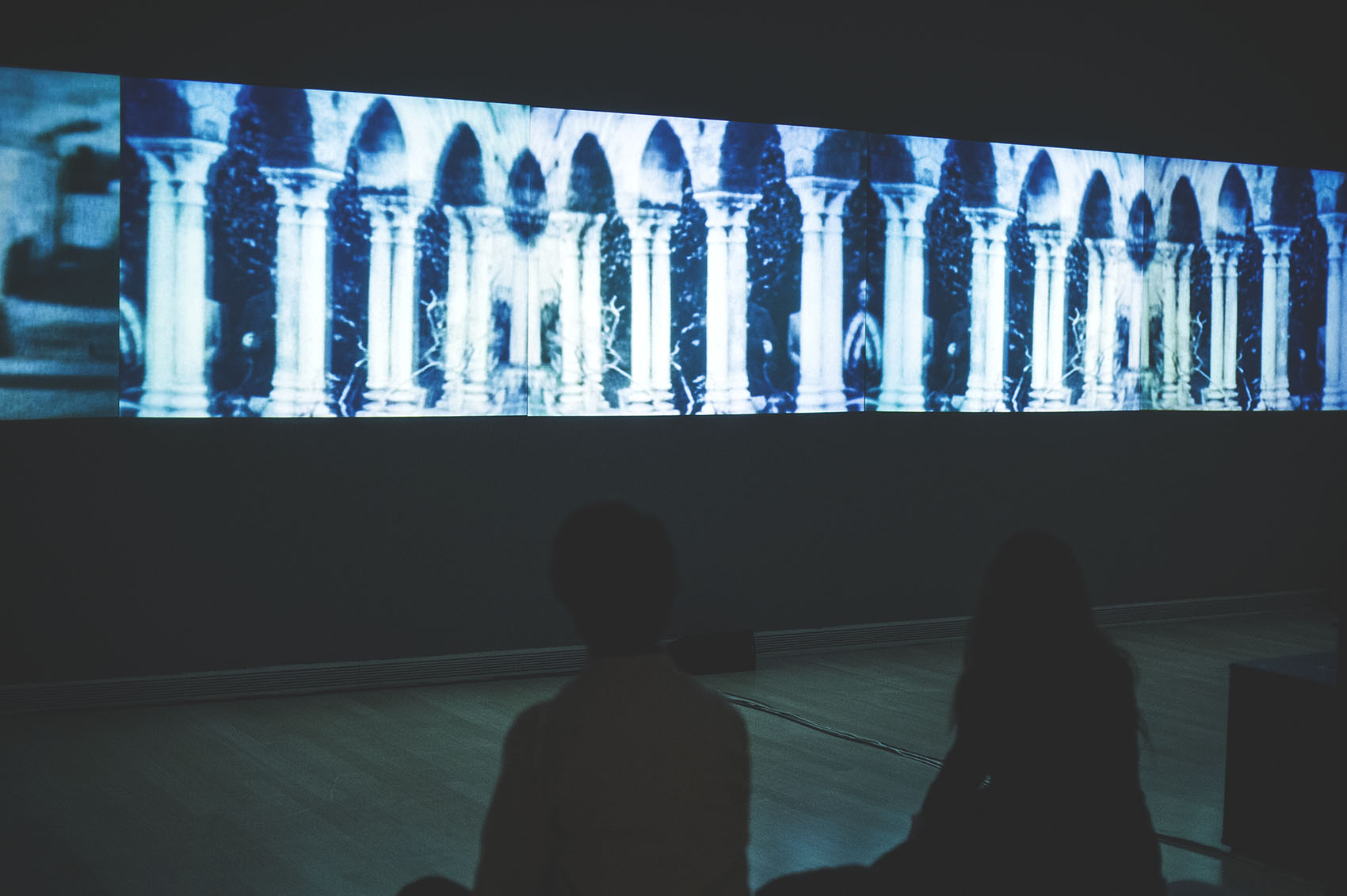
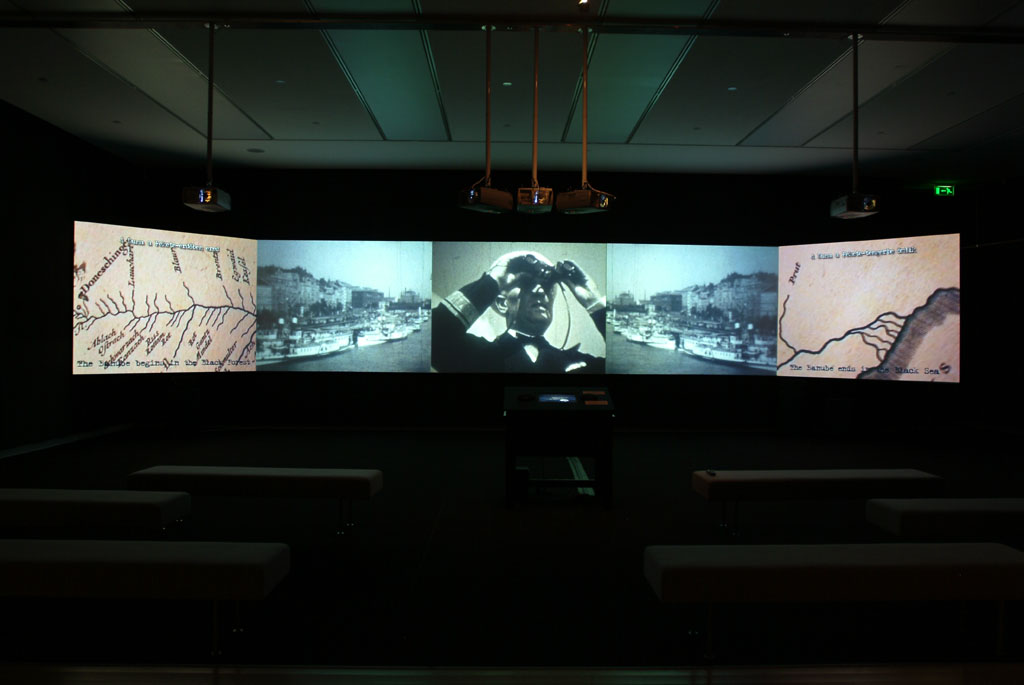


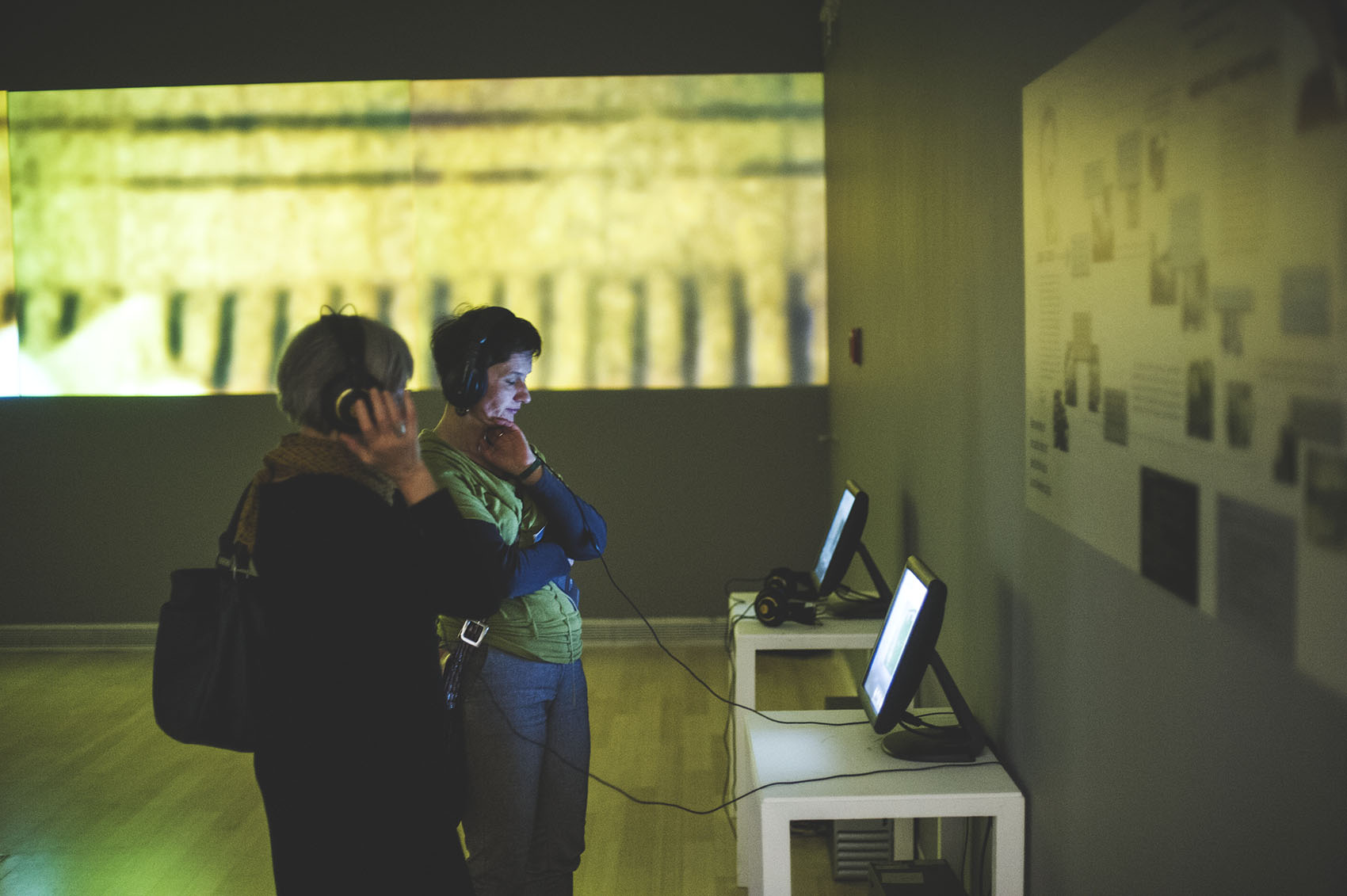
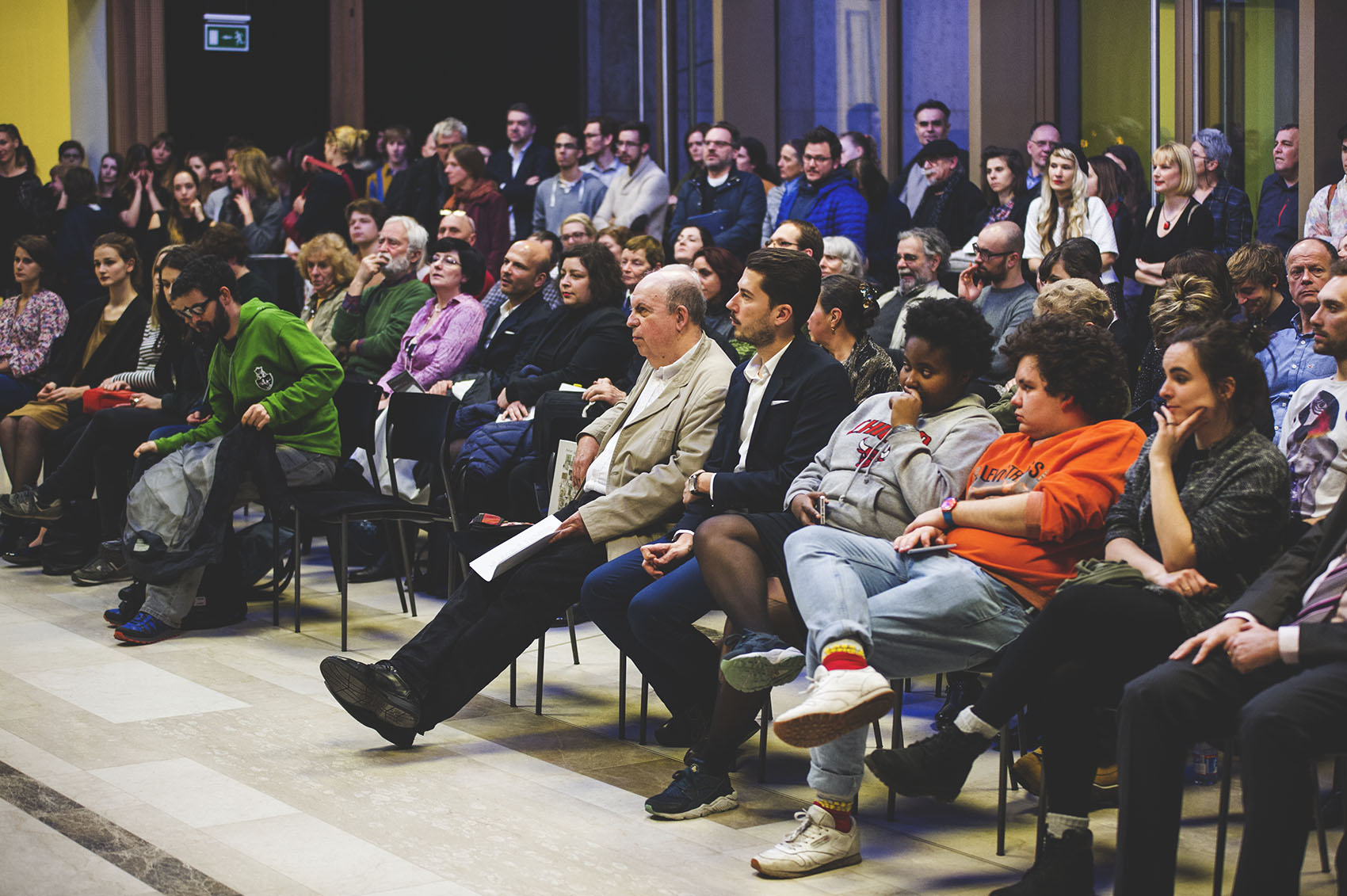
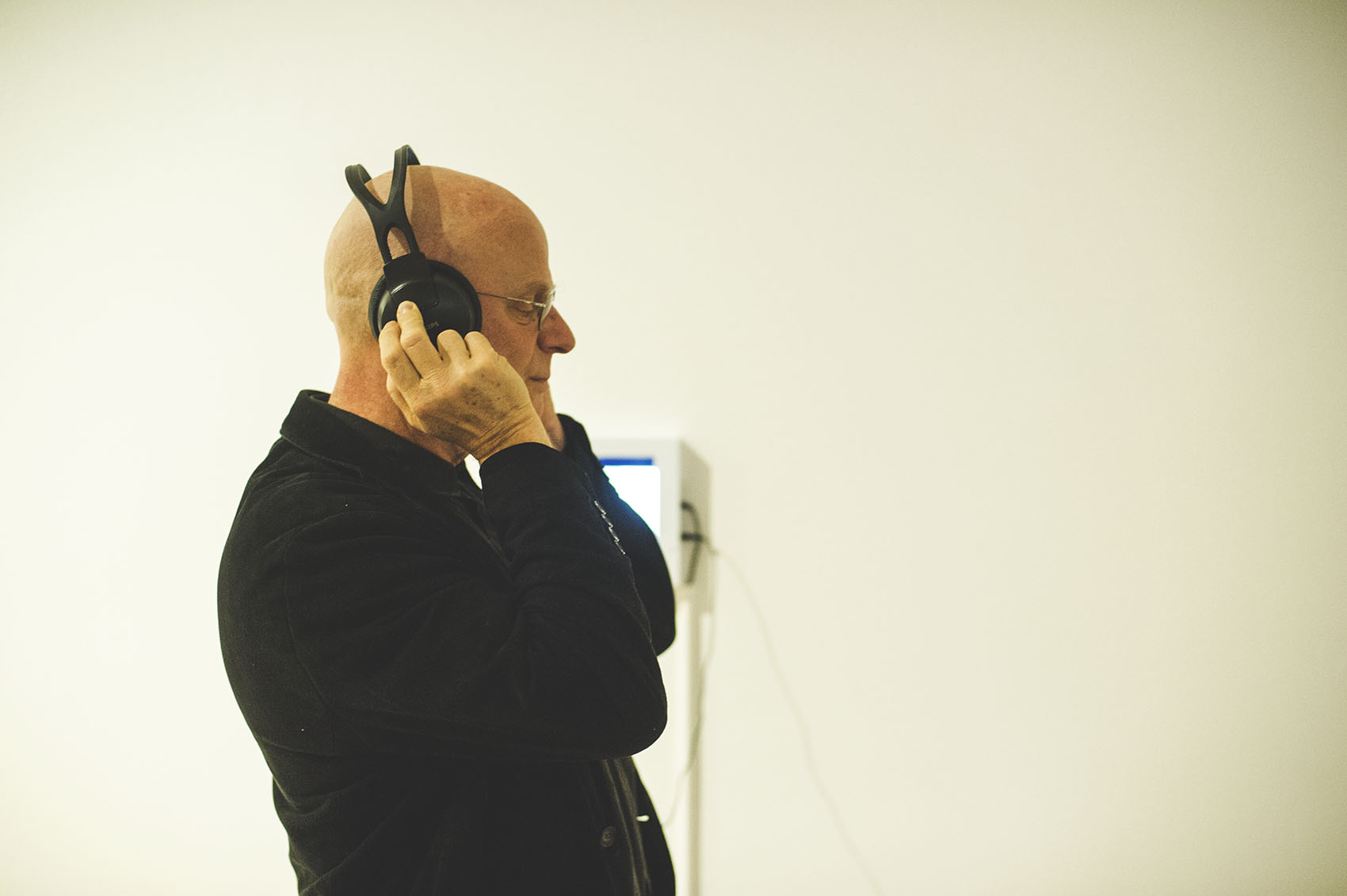
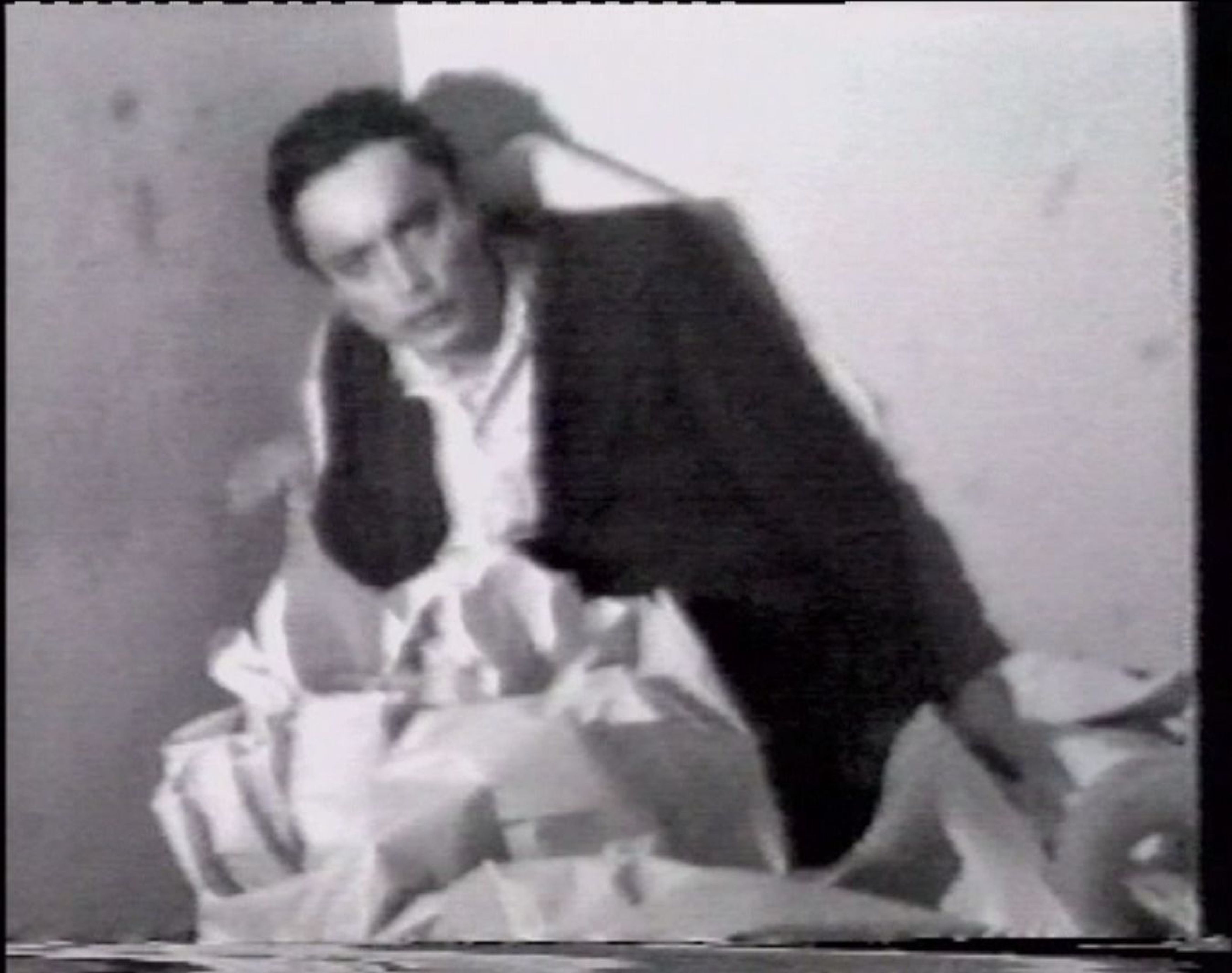


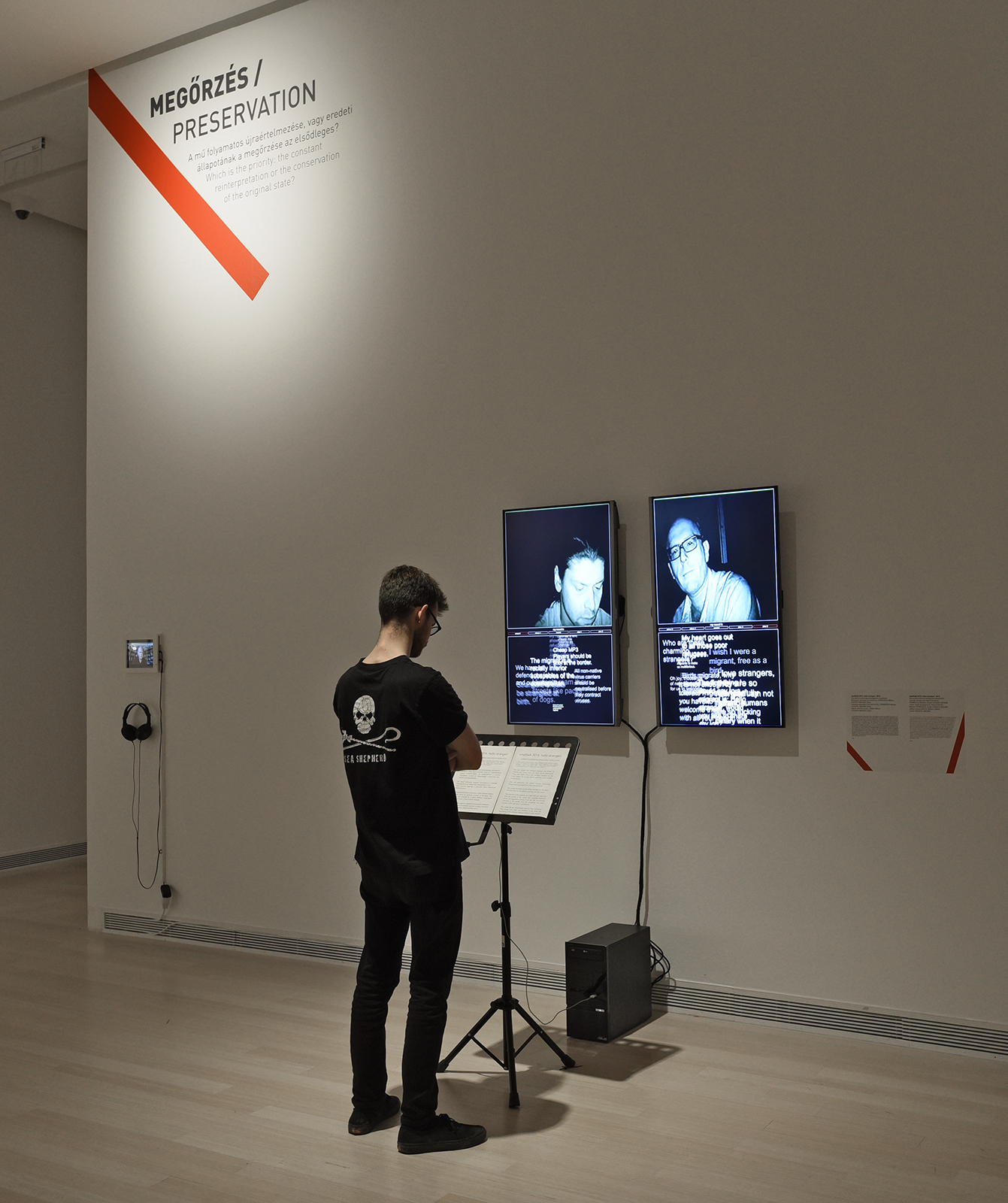
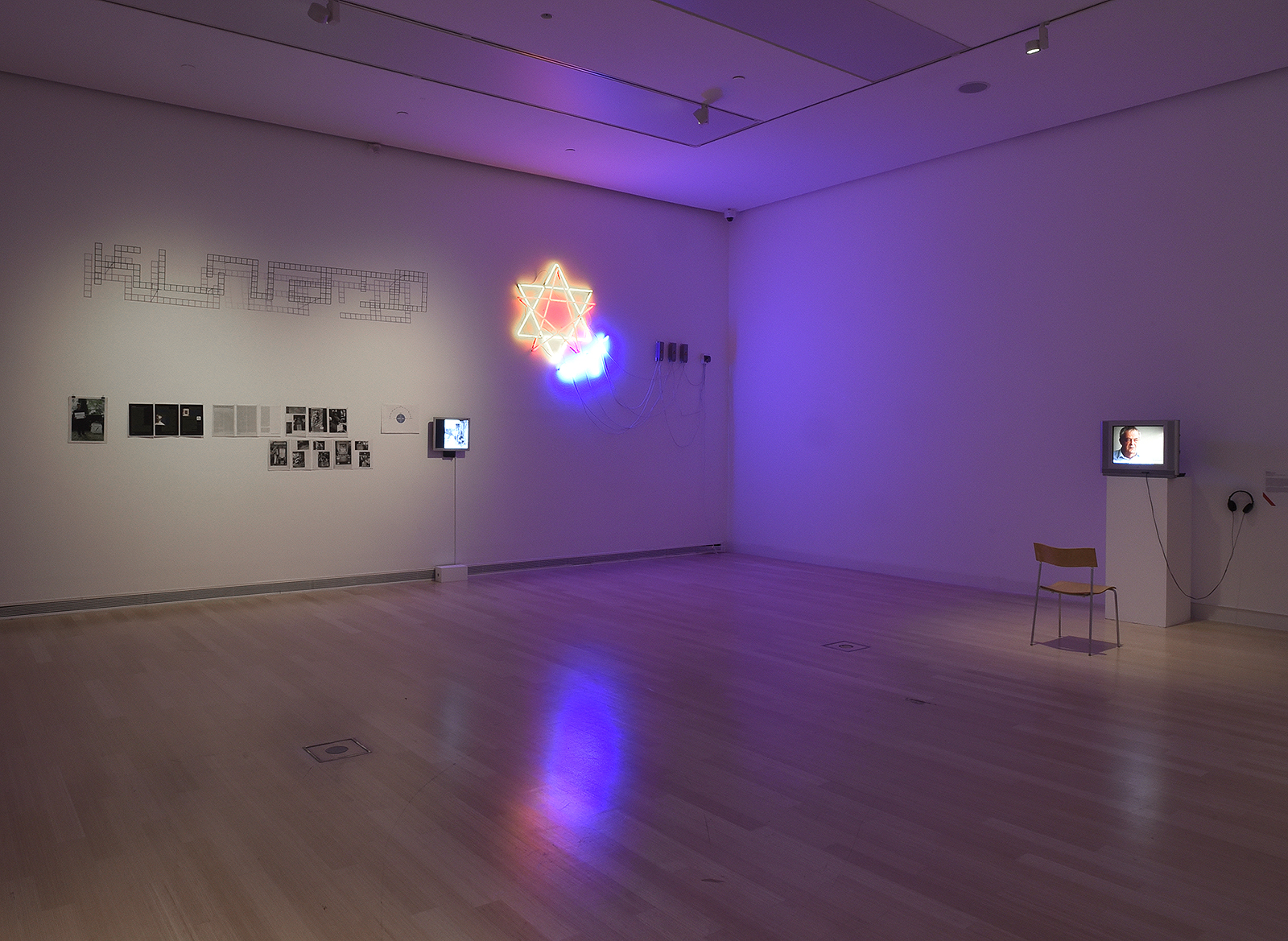
Related contents

Family Matinée 25. March, 2017, 00:00–00:00
Museum education programme (in Hungarian) on Saturdays, for the whole family.
Family Matinée in March 2017 is related to the temporary exhibition titled "Save as …" – What will remain of new media art?.

Mïus X Attaray Visual - The digital tale of geometric shapes 24. March, 2017, 00:00–00:00
Relax. This is a journey to a timeless audiovisual microcosmos...

MAPS 2017 Media Art Presevation Symposium - 'What is the role of the conservator?’ 23. March, 2017–24.
Ludwig Museum Budapest continues the work revolved around the conversation and the preservation of contemporary art, started in 2015, involving international conservators, art historians, and experts.

Exclusive guided tour with artist Péter Forgács in the exhibition "Save as..." 18. March, 2017, 00:00–00:00
Exclusive guided tour with artist Péter Forgács in the temporary exhibition "Save As..." – What Will Remain of New Media Art?

Family Matinée 11. March, 2017, 00:00–00:00
Museum education programme (in Hungarian) on Saturdays, for the whole family.
Family Matinée in March 2017 is related to the temporary exhibition titled "Save as …" – What will remain of new media art?.

Ludwig Open University - "Save As..." 7. March, 2017, 00:00–00:00
Series of lectures given by artists, art historians and other art professionals related to the temporary exhibition "Save As..." – What Will Remain of New Media Art?
Language: Hungarian

Integrated Family Matinée 4. March, 2017, 00:00–00:00
Museum education programme (in Hungarian) on Saturdays, for the whole family.
Family Matinée in March 2017 is related to the temporary exhibition titled "Save as …" – What will remain of new media art?.
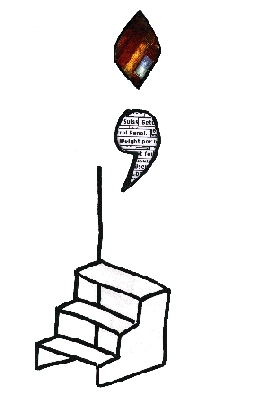
Ludwig Open University - "Save As..." 28. February, 2017, 00:00–00:00
Series of lectures given by artists, art historians and other art professionals related to the temporary exhibition "Save As..." – What Will Remain of New Media Art?
Language: Hungarian

Family Matinée 25. February, 2017, 00:00–00:00
Museum education programme (in Hungarian) on Saturdays, for the whole family.
Family Matinée in March 2017 is related to the temporary exhibition titled "Save as …" – What will remain of new media art?.
